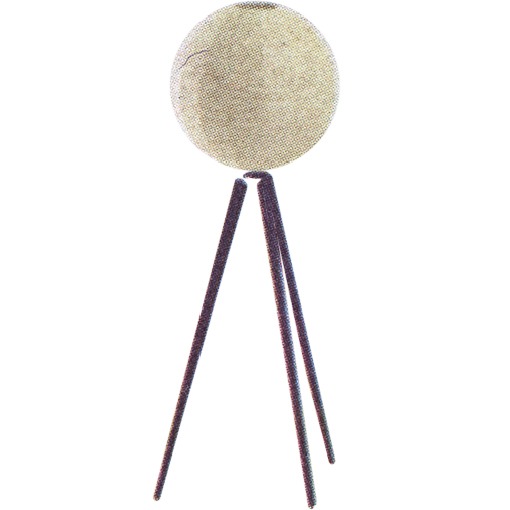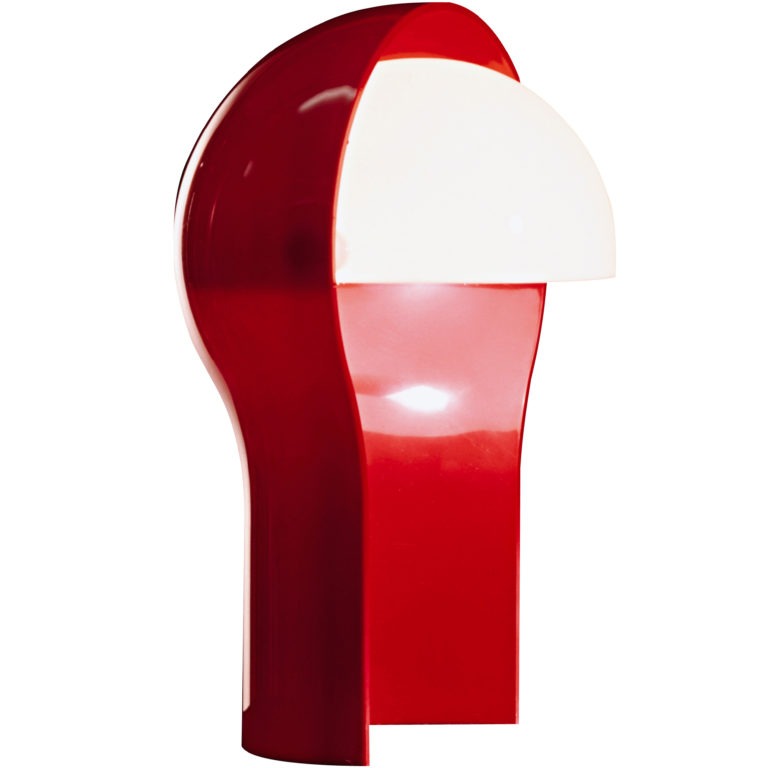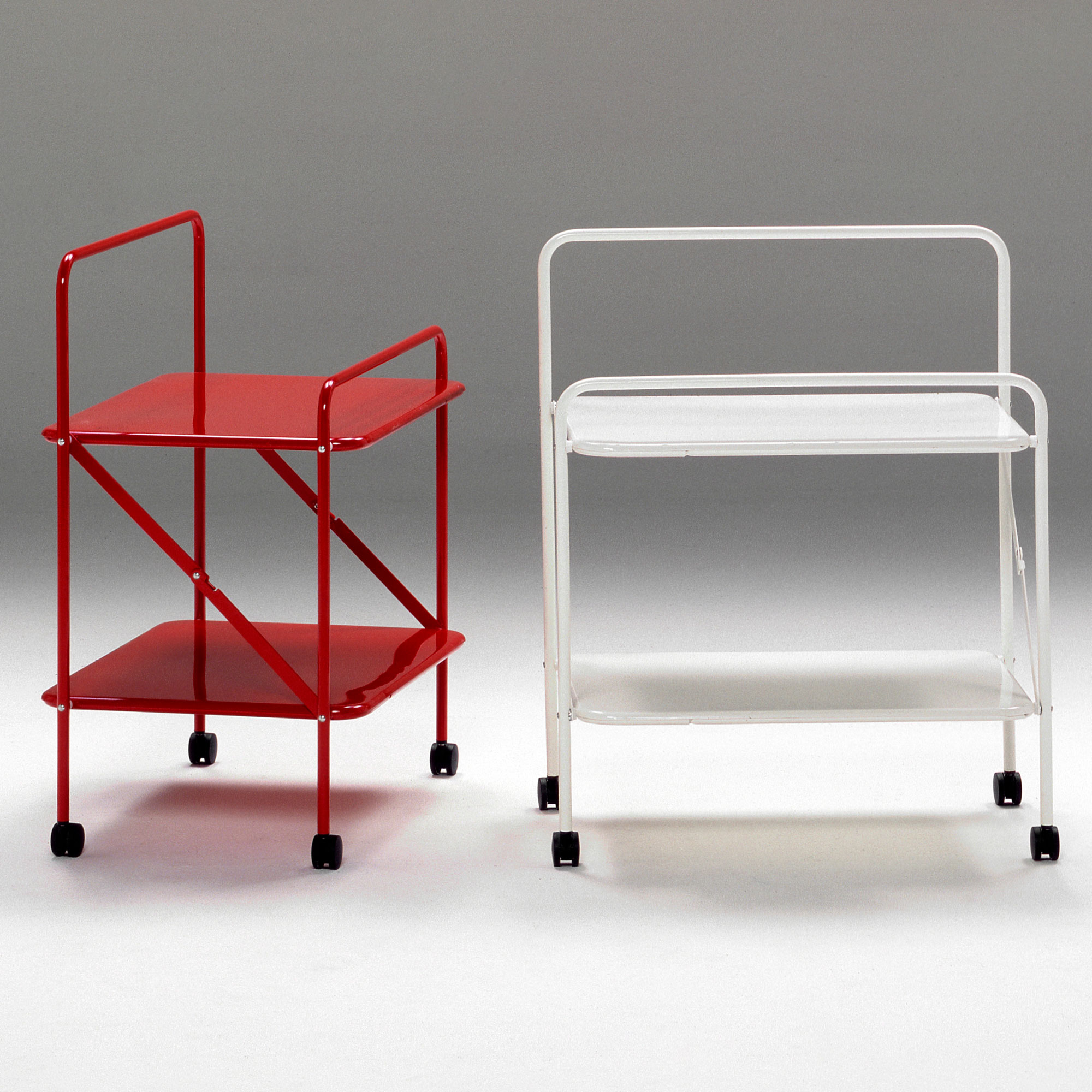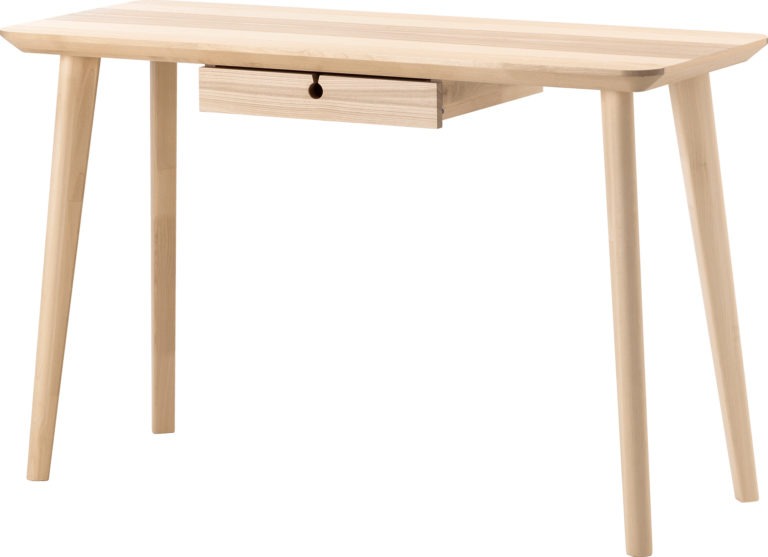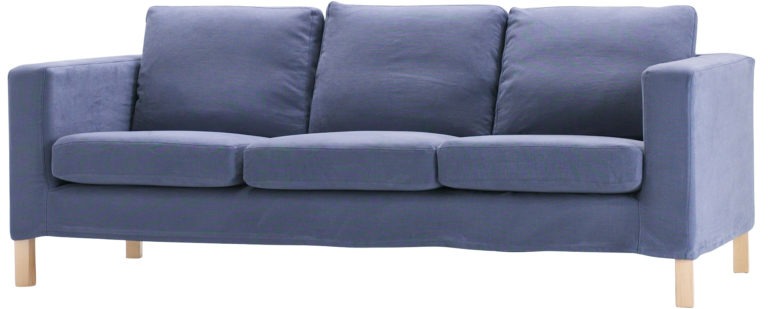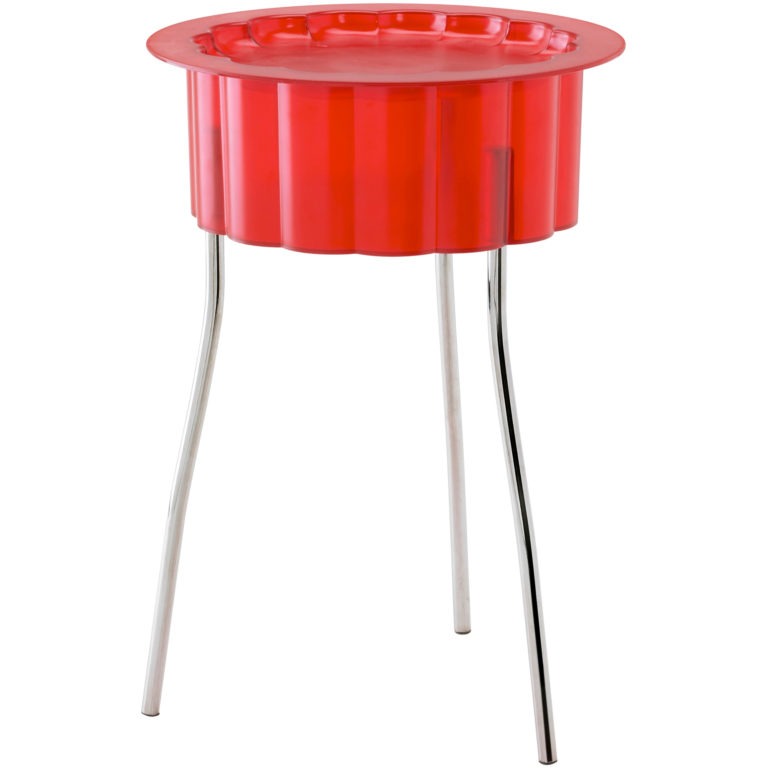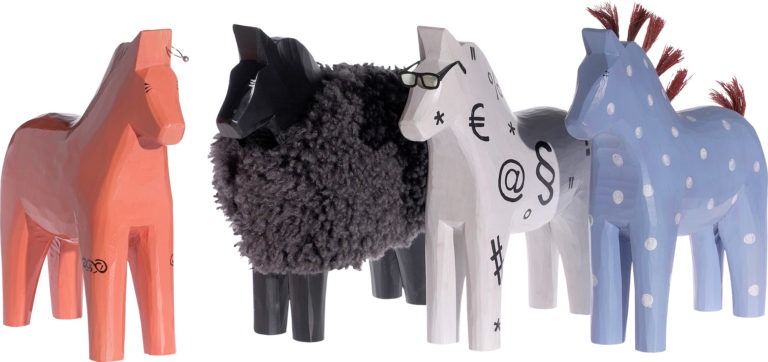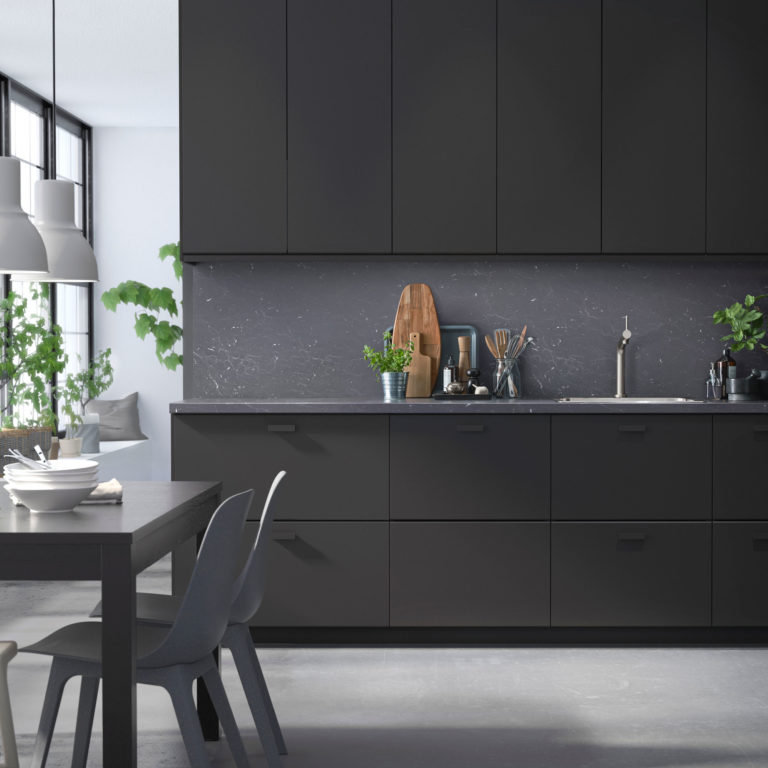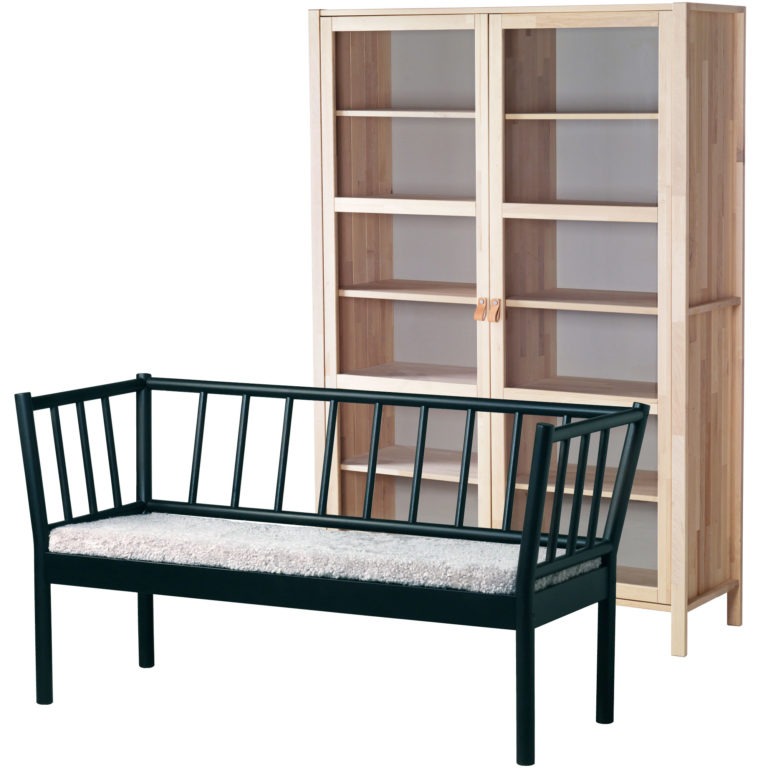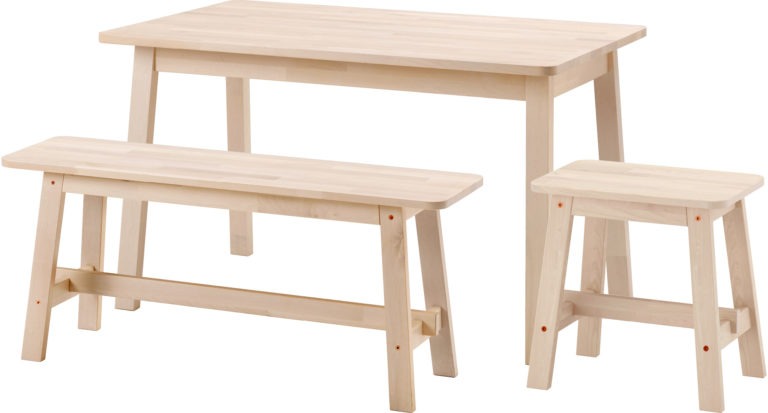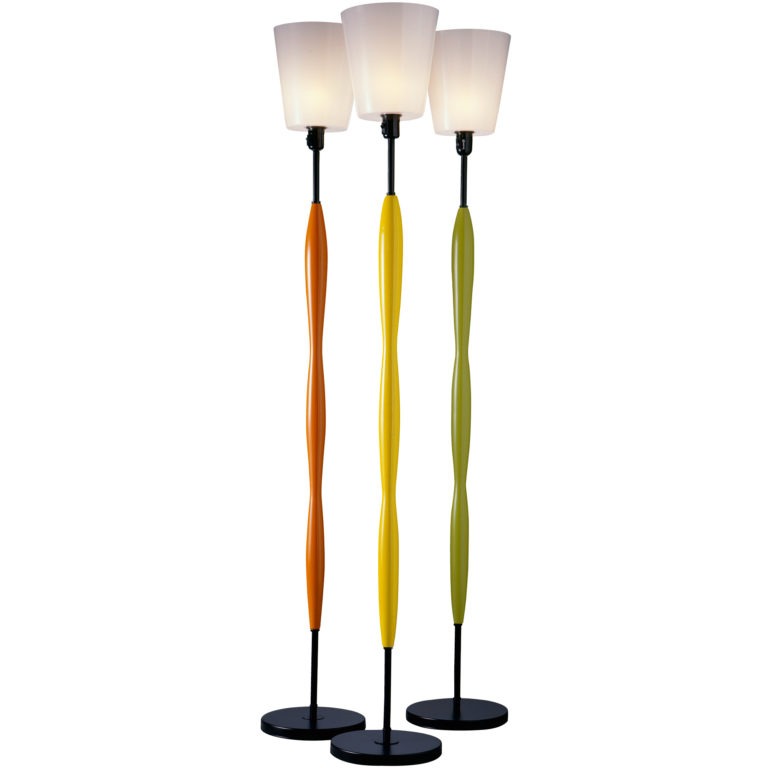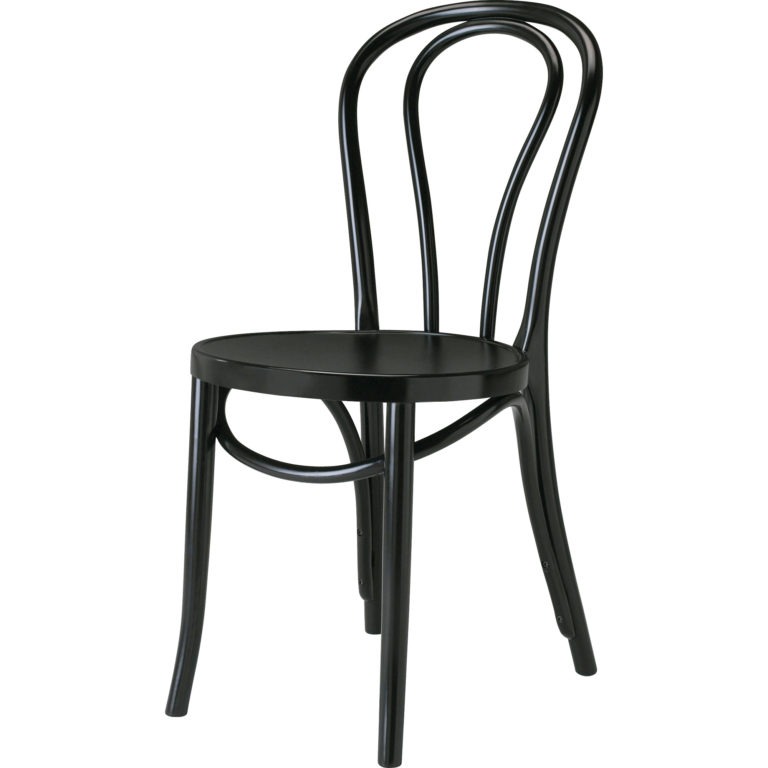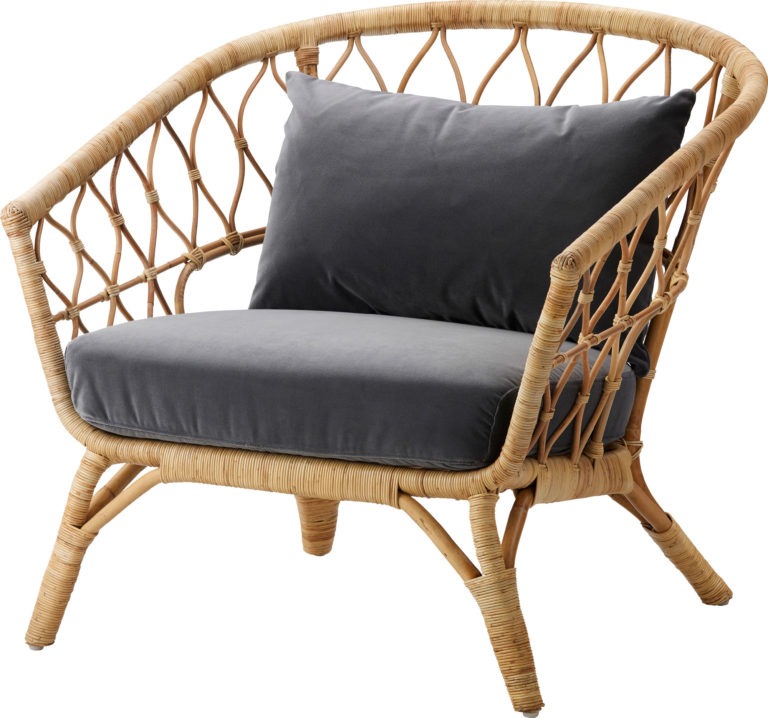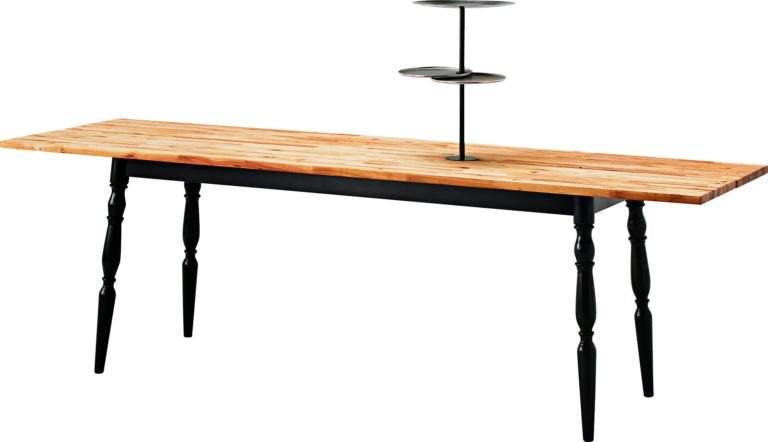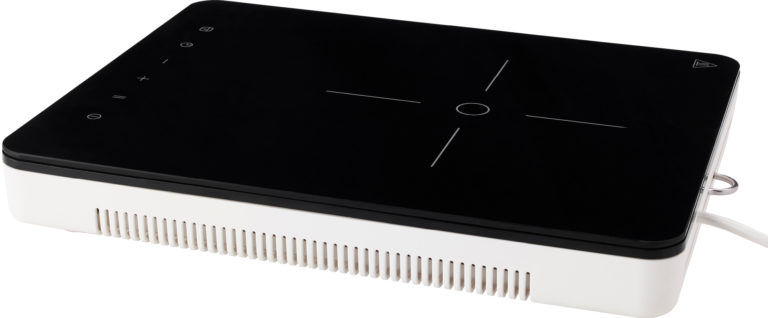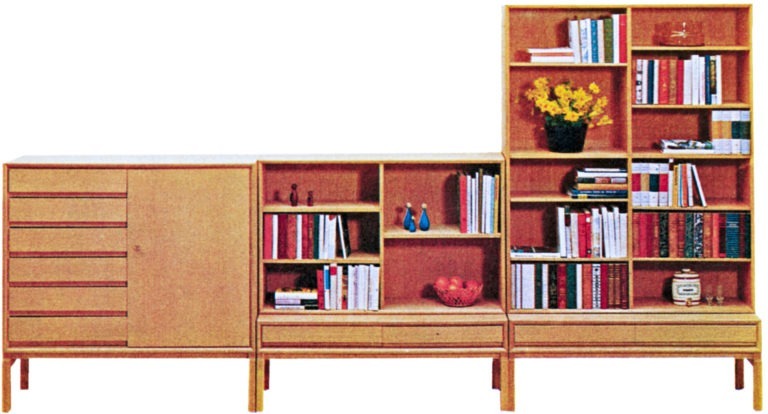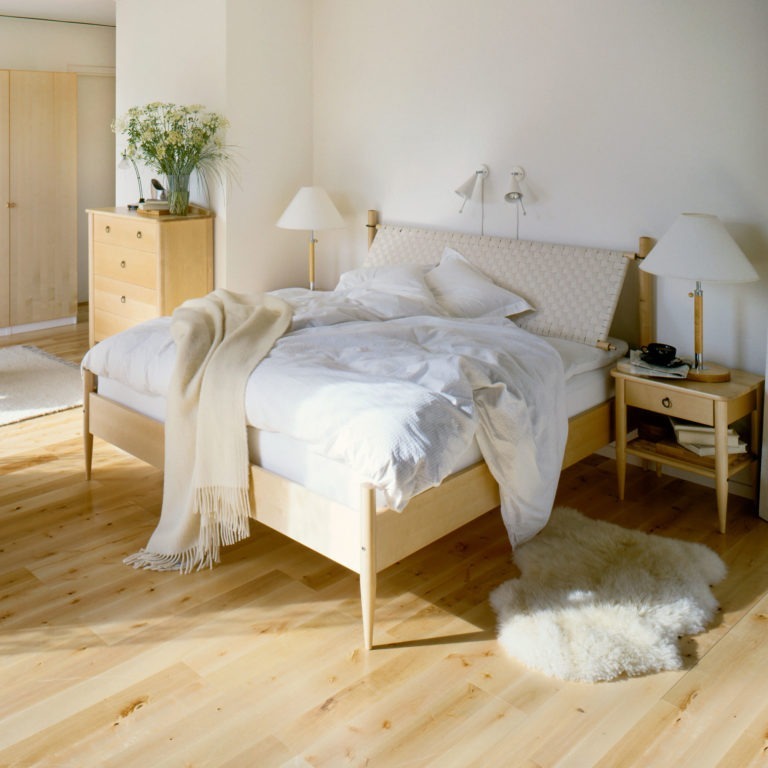Designing a highchair is not that easy, bearing in mind all the regulations and safety requirements related to children’s furniture. Thankfully, IKEA had just employed Bosse Wadling, a specialist from the Swedish Furniture Industry Association, who had recently written a standard for safe highchairs. Bosse knew most of what there was to know about laws and standards, technology and furniture testing, while Charlotte and Hjördis had a feeling for innovative, playful design. DINO was a successful collaboration between the three.
The inspiration came from Bo Wadling, then in charge of the IKEA test lab, who said parents felt that most highchairs were clumsy and prone to tipping over. Charlotte and Hjördis started sketching a circle within a circle. A steel frame with a sturdy round base and a smaller round frame for a vinyl seat. The child should sit in a ‘bag’ that was fixed to the seating ring. And the tests at the Furniture Industry Association went very well.
Hjördis and Charlotte also created the famous play room with a ball pit in the Kungens Kurva IKEA store in the early 1970s. Parents could leave their children there to play, while they browsed the home furnishings in peace and quiet.
The DINO highchair was launched in the 1971 IKEA catalogue and remained there for 12 years. Charlotte Rude and Hjördis Olsson-Une stayed with IKEA for five years, creating several popular products such as the ADAM bed and GOGO armchair.

